
Learning to use a sewing machine can be both exciting and overwhelming for beginners. While the machine might appear daunting initially, with some basic techniques and tips, you can master the art of sewing in no time.
1. Threading the Machine
Begin by mastering the art of threading your machine. This involves passing the thread through various components of the machine, such as the spool pin, tension disc, take-up lever, and needle. Consult your machine’s manual for specific instructions, as each machine may vary.
2. Choosing the Right Stitch
Understanding the different types of stitches and their use is crucial. Straight stitches are ideal for sewing seams, while zigzag stitches are great for finishing raw edges and creating decorative stitches. Experiment with different stitches to learn their versatility.
3. Controlling Speed and Pressure
Practice controlling the speed of the sewing machine by gently stepping on the foot pedal. Familiarize yourself with how pressure affects the speed and stitch quality. Consistent pressure helps maintain a steady stitch length.
4. Using the Reverse Stitch
Most sewing machines have a reverse function that allows you to sew backward. This function is useful for reinforcing seams and lockstitching at the beginning and end of a seam. Practice using the reverse stitch for stronger and more secure seams.
5. Seam Allowances
Understanding and practicing proper seam allowances is essential. Seam allowance refers to the space between the fabric edge and the stitch line. Use the machine’s seam allowance guide or mark the desired width with tape on the machine bed to ensure consistent seam allowances.
6. Needle Position
Learn how to adjust the needle position on your machine. Different projects may require stitching close to the fabric’s edge or at a distance. Adjusting the needle position allows you to achieve precise stitching for various sewing techniques.
7. Mastering Straight Lines and Curves
Practice sewing straight lines by aligning the fabric edge with the machine’s guide markings. For curved sewing lines, feed the fabric gently and use your hands to guide it following the desired curve, making sure not to stretch or distort the fabric.
8. Troubleshooting Common Issues
As a beginner, it is essential to troubleshoot and understand common sewing machine issues. Thread tension problems, tangled thread, and skipped stitches can occur. Learn to identify and resolve these issues to ensure smooth sewing experiences.
9. Regular Maintenance
Lastly, maintain your sewing machine regularly. Clean the bobbin area, remove lint, and oil the machine following the manufacturer’s instructions. Regular maintenance enhances the longevity and performance of your machine.
Remember, patience and practice are key when learning any new skill. With time, you will become more comfortable with your sewing machine and gain confidence in your sewing abilities. Don’t be afraid to experiment and have fun with your projects!
- Watch this video for a beginner’s guide to using a sewing machine.
- Read this article for an in-depth guide on sewing essentials for beginners.
Happy sewing!
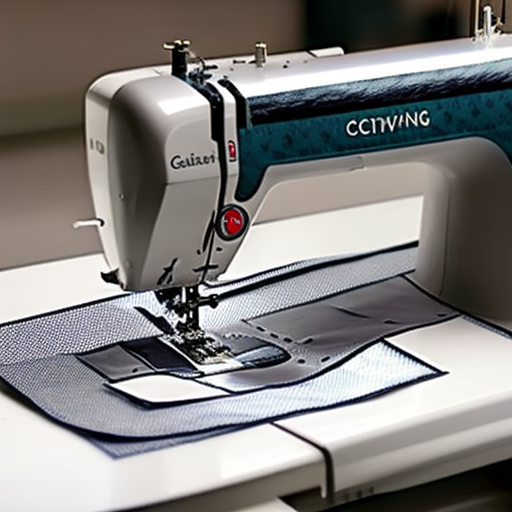
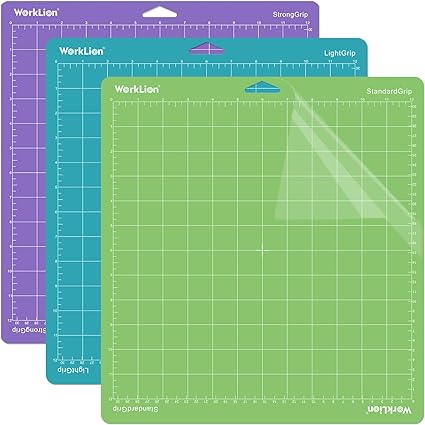
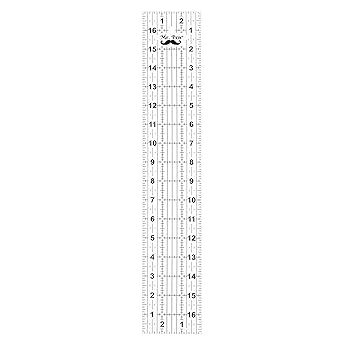
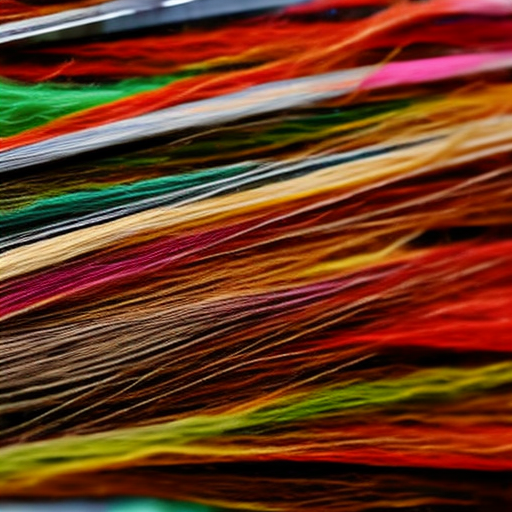
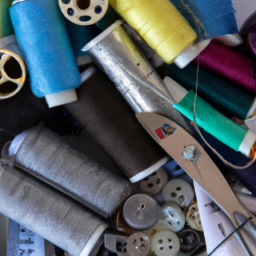
This looks really helpful! #sewing #beginners
Noel Dezoete: A great starting point!
#NoMoreSewingStruggles! This article is a must-read for all new sewists, as it covers the basics of using a sewing machine and offers great tips to keep your projects on track. #SewingMachine #BeginnerFriendly #SewingFun!
Agreed! This will be perfect for my daughter who just started learning to sew! #SewingStarter #YoungCrafter #LearningDecorating
Very helpful! I’m sure will be an essential for many. #SewingBasics #HelpfulTips #CraftyTips